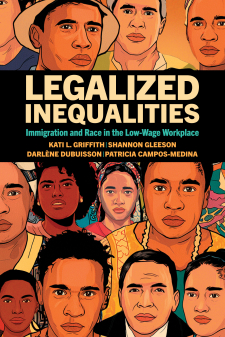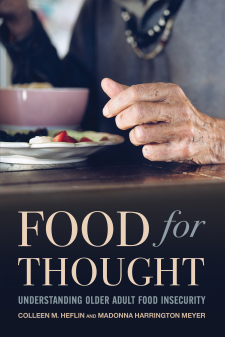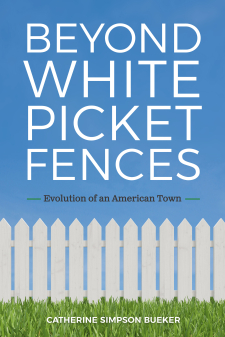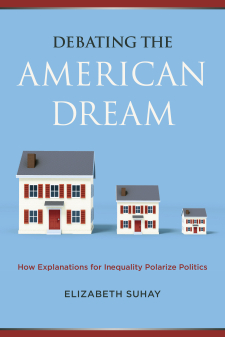Creating Community in Sunnyside: Understanding Affiliative Ties Between Immigrants and their Neighbors in a Highly Multi-Ethnic Neighborhood
Standard theories of immigrant assimilation focus on the way that immigrant cultures grow to mirror (or oppose) the majority society. But these models may be insufficient to study highly multi-ethnic neighborhoods, which are characterized by remarkable heterogeneity and the lack of a clear majority population. Without a majority group to bend towards, will young people in these environments develop in the same way as immigrants reared in highly concentrated ethnic enclaves, or will they form new kinds of identities and friendships that cut across racial and ethnic boundaries?
Susan Turner Meiklejohn of Hunter College will study the cultural and political development of young people in Sunnyside, Queens; a New York neighborhood whose population hails from over 68 countries. She will conduct over 120 loosely structured, face-to-face interviews with young adults and their parents, asking how the lives of young people emerging from Sunnyside differ from their parents and from people raised in less ethnically diverse neighborhoods. Meiklejohn suggests that young people exposed to a large variety of races and ethnicities may not feel as estranged as the children of immigrants in more homogeneous communities, since the former group experiences diversity as a norm. Meiklejohn believes that this will lead children in highly multi-ethnic neighborhoods on different social and political paths than minorities in less heterogeneous environments.
Related Content
- WNYC's Brian Lehrer talks to Susan John Meiklejohn about Sunnyside Gardens





